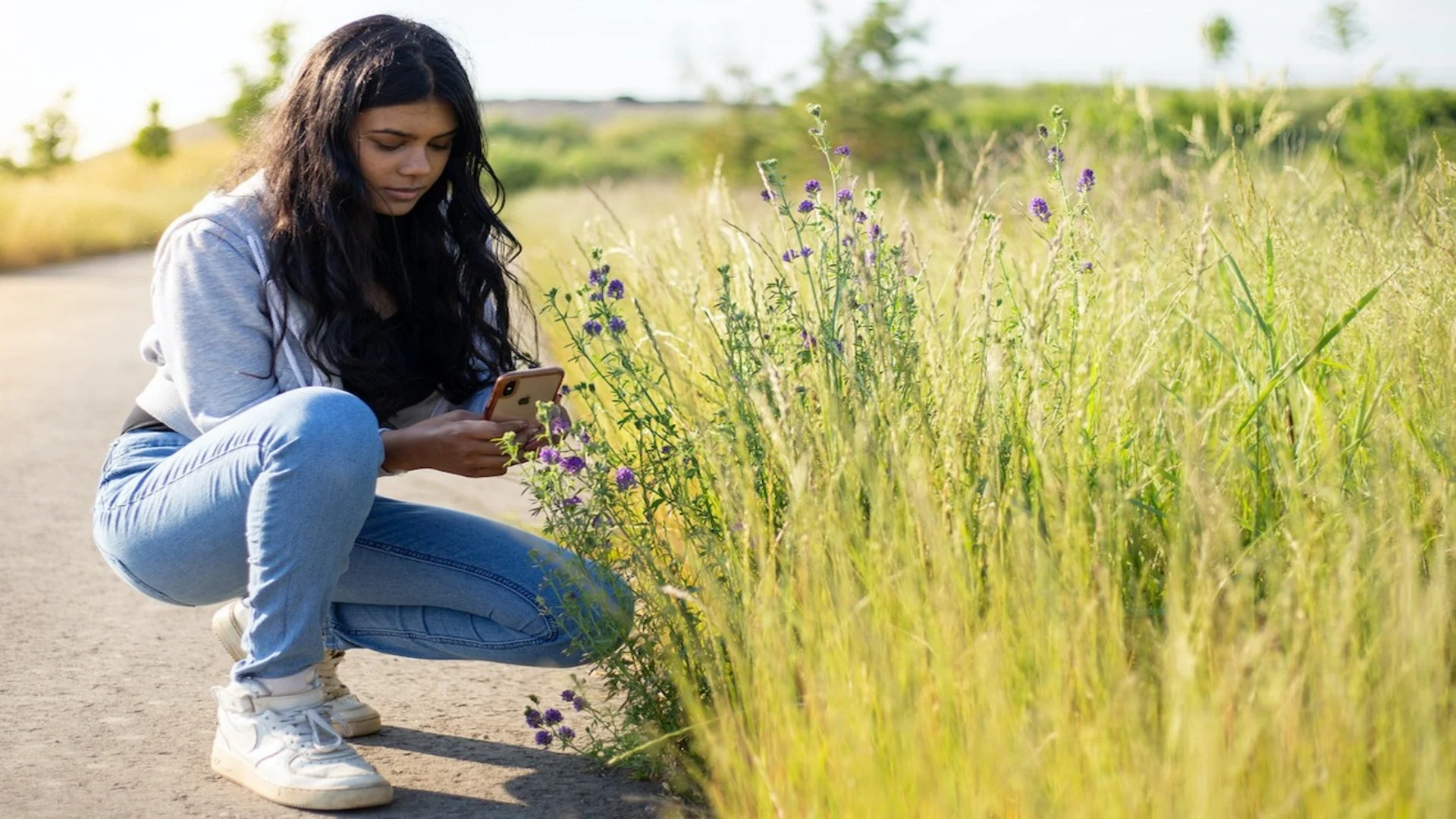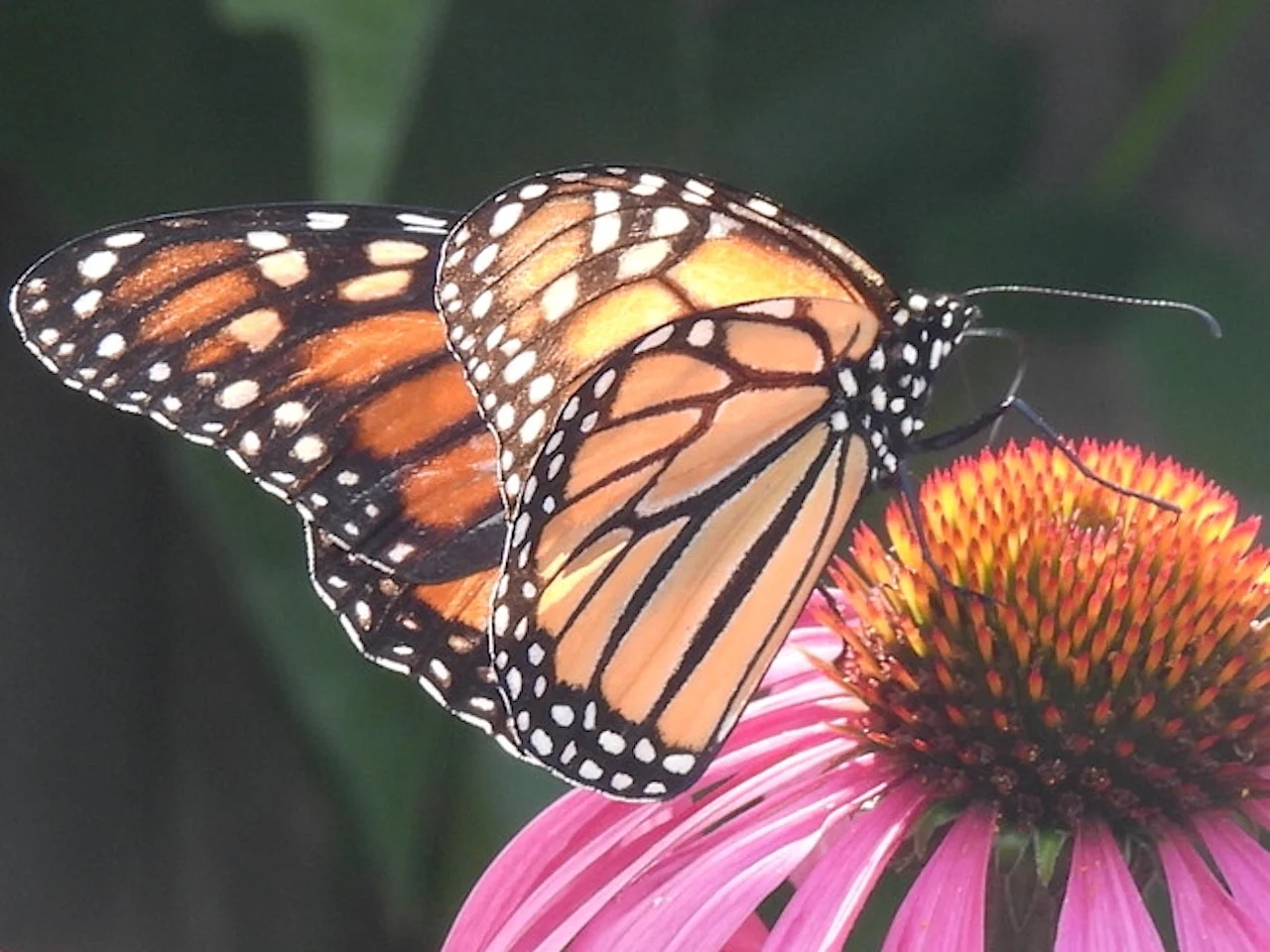
Canadians encouraged to go on a photo 'blitz' to help conservation
The photos and information recorded through the Nature Conservancy of Canada's Big Backyard BioBlitz will be of great support to scientists, conservation groups, governments and others who plan future protection and restorative efforts across the country.
This weekend was a chance for Canadians to contribute to conservation in a meaningful and fun way.
The Nature Conservancy of Canada (NCC)'s third annual Big Backyard BioBlitz took place countrywide from July 28 until Aug. 1. It is a simple but important task. Once registered at natureconservancy.ca/bbb, people could then take photos of species they find and submit their observations to one of the largest crowdsourced species inventories in Canada.
MUST READ: Everyone needs a home emergency kit. Here’s how to stock yours
The photos and information provided will be of great support to scientists, conservation groups, governments and others who plan future protection and restorative efforts across the country.
"It gives a snapshot on the distribution and range of species, including invasive plants and species so steps can be taken to control and contain the spread of invasive species," said Andrew Holland, NCC national media relations director, in a written statement to The Weather Network.

(Nature Conservancy of Canada)
One species people were particularly urged to look for was the monarch butterfly, which was recently listed as endangered by the International Union for Conservation of Nature (IUCN) -- adding the beloved pollinator to its Red List.
"This amazing insect is the only one in North America that travels 4,000 kilometres each fall to Mexico for [its] migration," said Holland.
He noted the iconic Canadian species has declined 80-90 per cent in the past 30 years in the country due to the loss of their habitats. To help monarch butterflies recover, Holland encourages people to consider planting milkweed in their yards and gardens.

(Kari Laughlen/Submitted)
"We were accustomed to seeing these butterflies in our yards and parks for years. Hopefully we can all play a role to help the monarchs bounce back,” said Holland.
The results began pouring in on the weekend with more than 43,000 observations logged as of early Monday afternoon eastern time. More than 4,700 species had been identified and more than 1,600 observers had signed on, as well.
While the blitz finishes Monday, people can continue to submit their photos through this week as the site will remain accessible for those who didn't have a chance to upload visuals over the holiday weekend.
WATCH: Outdoor education programs help build future leaders
Once registered, users will receive a step-by-step guide on how to participate, photography tips, information about species identification, and an automatic entry to win a Big Backyard BioBlitz prize pack. Until Aug. 1, users can also share photos on social media using #NCCBioBlitz for a chance to win a $100 prize.
More than 6,500 participants documented more than 36,000 observations across Canada in 2021.
“Spending time outdoors is also beneficial for our physical and mental well-being. This is a great way to connect with nature and fellow nature lovers, while contributing to our collective knowledge of plants, animals and fungi in Canada," said Samantha Knight, NCC conservation science manager, in a news release.
Thumbnail courtesy of Nature Conservancy of Canada.
Follow Nathan Howes on Twitter.






